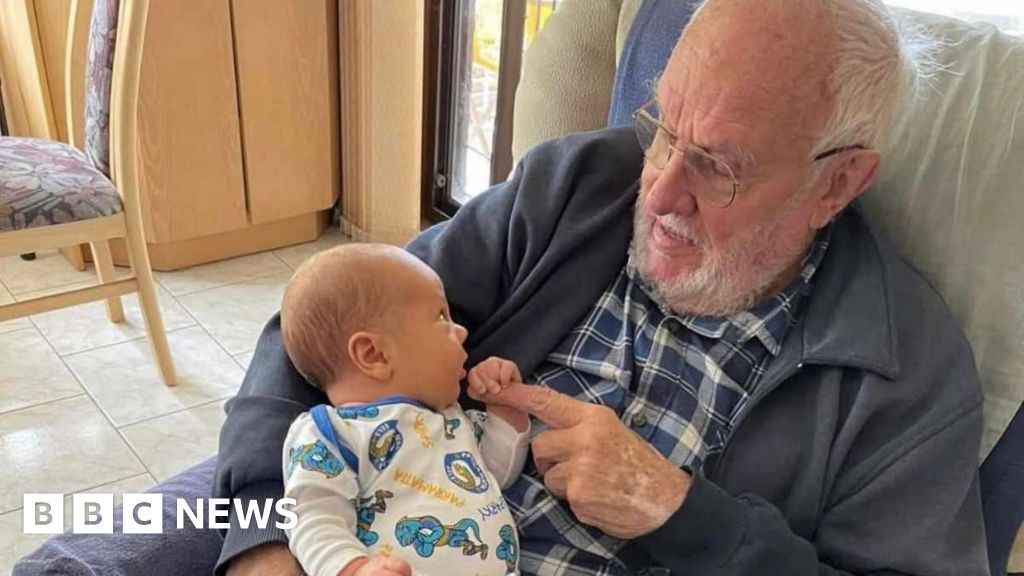Nuclear testing wasn’t the only thing that went underground in the 1950s in Las Vegas. The true identity of the woman in the Atomic Age’s most iconic photograph was also buried.
On May 24, 1957, a Sands Copa Room showgirl posed in a white mushroom cloud swimsuit at the Nevada Test Site. Arms raised to the sky with the expansive desert behind her, the model who performed under the stage name Lee A. Merlin coined an explosive image taken by Las Vegas News Bureau photographer Don English.
It quickly became the Las Vegas Convention and Visitors Authority’s most popular photo. “Miss Atomic Bomb” became the face of Las Vegas’ atomic tourism and entertainment offerings at a time when the city was experiencing an eruption of growth. There was only one thing missing—this iconic face had no real name.
Today, a local exhibit sheds light on one historian’s quest to uncover her true identity. This summer, the Atomic Museum opened the Miss Atomic Bomb exhibit, featuring a collection of artifacts that tell a more complete story of the woman, including letters from former showgirls and current pop culture references to the nuclear age.
“Miss Atomic Bomb really captures what Vegas was like in the ‘50s. It has the atomic testing element, it has the glamor, it has the excitement and enthusiasm,” says Joseph Kent, the museum’s chief community officer and curator.
The investigation began with Atomic Museum founding member and historian Robert Friedrichs. Before the musuem’s opening, Friedrichs thought back to the photo: What if “Miss Atomic Bomb” and her photographer English could attend the museum’s grand opening?
“It just seemed that it was the right thing to do to give both of them the recognition they deserved,” Friedrichs tells the Weekly.
But her identity proved to be much less accessible than her famous photo. Friedrichs’ curiosity about this showgirl-turned Vegas legend hit a dead end when his search led him to the model’s unattached stage name.
“It was everywhere, but nobody knew who it was,” he says, “It’s one of 100 top photographs in the Smithsonian collection. And that’s saying something.”
He didn’t give up hope of finding her identity. Instead, his determination to locate her only grew. But even after Friedrichs enlisted the help of English and a local detective agency, the trail remained cold. Interviews with former Sands showgirls only confirmed her stage name and revealed that she was, in fact, the Sands’ lead dancer.
Nearly 25 years later, long after the opening of the Atomic Museum, Friedrichs caught an unlikely break. He was giving a presentation at the museum in which he mentioned his so-far-unsuccessful search to find Miss Atomic Bomb. He concluded the speech the same way he always did, with a casual question, “Are you going to help me find her?”
Little did he know, he would soon receive an answer. Days later, an audience member who had found an obituary for Anna Lee Ecker—the married name of the lead dancer at the Sands Hotel who they believed was Lee A. Merlin. She had passed away in 2001 after a battle with cancer.
After tracking down family members and connections, Friedrichs finally found a relative of Anna’s who was able to divulge her maiden name: Anna Lee Mahoney. His 25-year search had culminated in a bittersweet revelation; Anna’s legacy would be remembered for years to come, but she herself would never know the extent to which her contributions were commemorated.
The major economic growth and recognition Vegas experienced during the nuclear testing era can largely be attributed to the marketing power of photos such as Miss Atomic Bomb. And thanks to Freidrichs’ work and the Atomic Museum exhibit, we now can properly acknowledge the icon at the helm of this cultural explosion.
Miss Atomic Bomb: Icon of the Atomic Age Daily 10 a.m.-5 p.m., $15-29. Atomic Museum, atomicmuseum.vegas.
Click HERE to subscribe for free to the Weekly Fix, the digital edition of Las Vegas Weekly! Stay up to date with the latest on Las Vegas concerts, shows, restaurants, bars and more, sent directly to your inbox!
.png)









 English (US) ·
English (US) ·